India, officially known as the Republic of India, is a land that has captivated the world with its vibrant culture, rich history, and immense diversity. It is a country where ancient traditions coexist with modernity, where bustling metropolises blend seamlessly with tranquil rural landscapes, and where the past, present, and future merge to create a unique and unparalleled experience. With over 1.3 billion people, India is a dynamic nation that represents a perfect blend of age-old traditions and cutting-edge innovations.
Population: Over 1.3 billion (second most populous country in the world)
Capital: New Delhi
Currency: Indian Rupee (₹) – INR
Official Languages: Hindi and English, along with 22 other officially recognized languages
Time Zone: Indian Standard Time (IST) – GMT +5:30
Flight Hours from the US: Approximately 16 to 20 hours
Weather: Tropical; characterized by three main seasons – summer, monsoon, and winter
Ideal Travel Time: September to May, avoiding the hot summers and monsoon rains
India is the 7th largest country in the world by land area, covering approximately 3.29 million square kilometers. It boasts an incredible variety of landscapes, from the snow-capped peaks of the Himalayas in the north to the vast and arid Thar Desert in the west, the lush green forests and backwaters of Kerala in the south, and the fertile plains of the Ganges in the east. India’s geographical diversity is truly breathtaking, and it offers something for every kind of traveler.
The Himalayan Mountain Range: Forming the northern boundary, the Himalayas are home to some of the highest peaks in the world, including Mount Kanchenjunga, the third-highest peak globally. These majestic mountains not only provide a stunning backdrop but also influence the climate and river systems of the entire country.
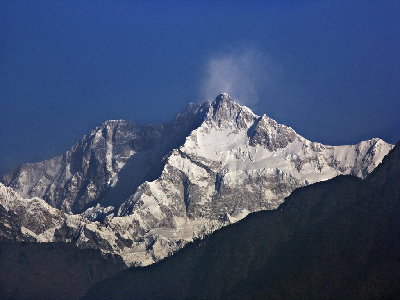
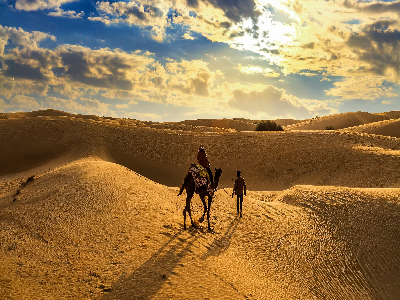
The Great Indian Desert (Thar Desert): Located in the state of Rajasthan, the Thar Desert is characterized by its golden sand dunes, camel rides, and unique desert culture. It’s one of the largest deserts in the world.
The Indo-Gangetic Plain: This fertile plain, formed by the Ganges, Brahmaputra, and Indus river systems, is one of the most densely populated regions in India. It is the agricultural heartland of the country, producing grains, vegetables, and fruits that feed millions.

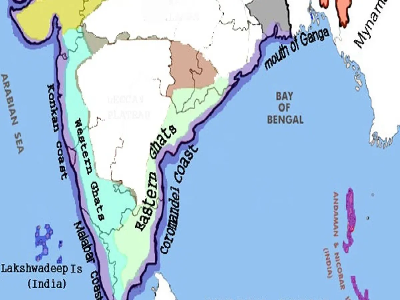
Western and Eastern Ghats: These mountain ranges run along India’s western and eastern coastlines, providing a diverse range of flora and fauna. They are recognized as UNESCO World Heritage Sites for their rich biodiversity.
Coastal Regions: With a coastline stretching over 7,500 kilometers, India is surrounded by the Arabian Sea on the west, the Bay of Bengal on the east, and the Indian Ocean to the south. These coastal regions offer some of the most beautiful beaches, such as Goa, Kerala, and the Andaman and Nicobar Islands.

India’s history is a rich and complex tapestry woven over thousands of years. It is one of the world’s oldest civilizations, with its roots tracing back to the Indus Valley Civilization (2500–1500 BCE). This ancient civilization, which flourished along the banks of the Indus River, was known for its advanced urban planning, architecture, and trade.
The Vedic Period (1500–600 BCE): Marked by the composition of the Vedas, the sacred texts of Hinduism, which laid the foundation for Indian philosophy, religion, and culture.
The Mauryan Empire (321–185 BCE): Under Emperor Ashoka, the Mauryan Empire became one of the most powerful and expansive empires in ancient history, spreading Buddhism across Asia.
The Gupta Empire (4th to 6th Century CE): Known as the Golden Age of India, this period witnessed remarkable advancements in science, mathematics, astronomy, literature, and art. This era gave the world the concept of zero and the decimal system.
The Mughal Empire (16th to 18th Century CE): The Mughals left an indelible mark on India’s architecture, cuisine, and culture. Monuments like the Taj Mahal, Red Fort, and Qutub Minar are magnificent examples of Mughal craftsmanship.
British Colonial Rule (1757–1947): The British East India Company gradually took control, leading to nearly two centuries of colonial rule. This period saw the establishment of railways, postal systems, and a modern educational structure but also witnessed India’s struggle for freedom.
Independence and Modern India (1947–present): India gained independence on August 15, 1947, after a long and hard-fought struggle led by leaders like Mahatma Gandhi, Jawaharlal Nehru, and Subhas Chandra Bose.
Cultural Heritage Sites: IIndia is home to 40 UNESCO World Heritage Sites, including:
Taj Mahal (Agra)
Ajanta and Ellora Caves (Maharashtra)
Qutub Minar (Delhi)
Hampi Monuments (Karnataka)
Kaziranga National Park (Assam)
India is often described as a melting pot of cultures, with its diversity evident in every aspect of life – from food and festivals to clothing and languages. The country’s culture is a blend of various religions, communities, and traditions that have evolved over thousands of years.
India celebrates a multitude of festivals, which are a true reflection of its rich cultural heritage. These festivals, often rooted in religious beliefs, are celebrated with immense enthusiasm and joy.
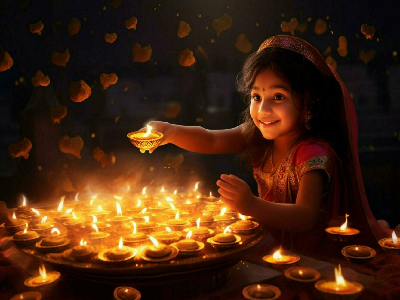
One of the most popular Hindu festivals, celebrated with oil lamps, fireworks, sweets, and family gatherings.

A vibrant festival that marks the arrival of spring, where people throw colored powders and water at each other.
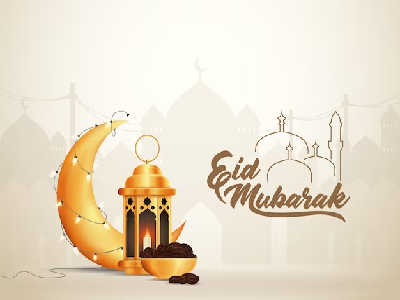
Celebrated by the Muslim community with prayers, feasts, and charity.

Marked by the Christian community with midnight masses, festive decorations, and special meals.
Pongal, Onam, Durga Puja, Baisakhi, Ganesh Chaturthi, and Lohri are other notable festivals celebrated across different regions of India.
India’s music and dance traditions are deeply rooted in its culture, with each region showcasing its unique style.
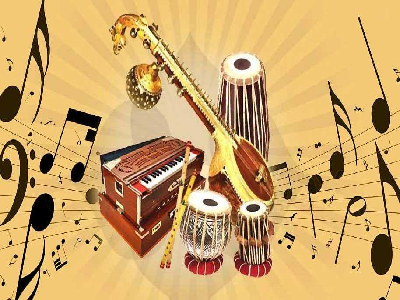
Two main forms are Hindustani (North Indian) and Carnatic (South Indian) music, often accompanied by instruments like the sitar, tabla, flute, and mridangam.
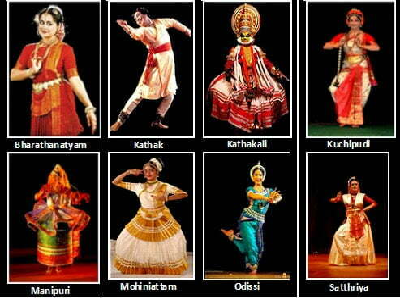
Include Bharatanatyam (Tamil Nadu), Kathak (North India), Kathakali (Kerala), Odissi (Odisha), Manipuri (Manipur), and Kuchipudi (Andhra Pradesh).

Every state has its unique folk dances, such as Bhangra (Punjab), Garba (Gujarat), Lavani (Maharashtra), and Ghoomar (Rajasthan).
India’s culinary diversity is unparalleled, with each region offering distinct flavors, ingredients, and cooking techniques.
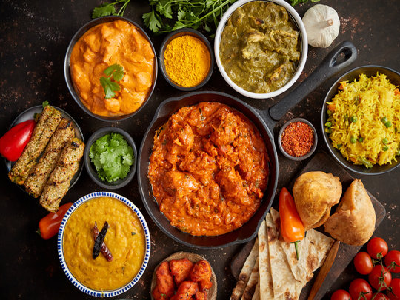
Known for its rich gravies, tandoori dishes, naan, and biryanis. Famous dishes include Butter Chicken, Paneer Tikka, and Chole Bhature.

Characterized by the use of rice, coconut, and spices, with popular dishes like Dosa, Idli, Sambar, and Rasam.
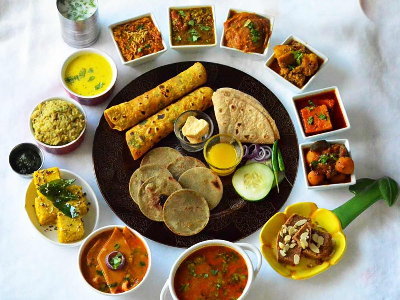
Famous for its sweets like Rasgulla, Sandesh, and fish curries.
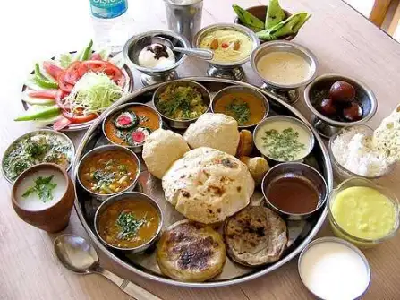
Known for spicy and flavorful dishes like Goan Fish Curry, Pav Bhaji, Dhokla, and Puran Poli.
India is a linguistic paradise, with 22 officially recognized languages and over 1,600 dialects spoken across the country. Hindi is the most widely spoken language, while English serves as an associate official language and is commonly used in business, education, and government.
Fact:The ancient language Sanskrit is considered the mother of many Indian languages and is still taught in schools and universities.
Description: A city that embodies the essence of ancient and modern India, with landmarks like the India Gate, Humayun’s Tomb, and Lotus Temple.
Climate: Hot summers and chilly winters.
What to Experience: Visit Chandni Chowk for a taste of Old Delhi, explore the majestic Red Fort, and indulge in authentic street food.
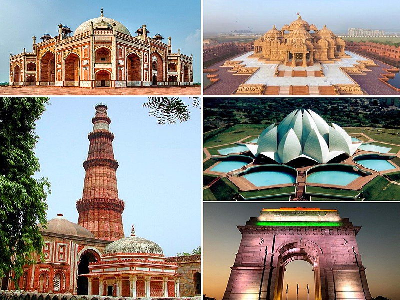

Description: A bustling metropolis known for its skyscrapers, beaches, and film industry. Home to landmarks like the Gateway of India and Marine Drive.
Climate: Tropical, with heavy monsoons from June to September.
What to Experience: Explore Colaba Causeway Market, take a stroll on Juhu Beach, and enjoy the nightlife at Bandra.
Description: A modern city known for its IT industry, parks, and vibrant nightlife. Visit Lalbagh Botanical Garden, Bangalore Palace, and Cubbon Park.
Climate: Pleasant and moderate throughout the year.
What to Experience: Enjoy the café culture, visit Tech Parks, and explore nearby hill stations like Nandi Hills.
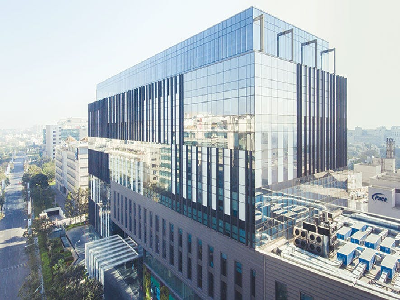

Description: A city rich in art, literature, and history, known for its colonial architecture, festivals, and sweets. Key attractions include Victoria Memorial, Howrah Bridge, and Kalighat Temple.
Climate: Hot and humid summers, cooler winters.
What to Experience: Experience Durga Puja celebrations, try Mishti Doi (sweet yogurt), and explore College Street’s book market.
Description: Known for its temples, beaches, and classical music. Visit Marina Beach, Kapaleeshwarar Temple, and Fort St. George.
Climate: Hot and humid, with occasional rain showers.
What to Experience: Enjoy a traditional South Indian meal served on a banana leaf and explore the vibrant markets of T. Nagar.

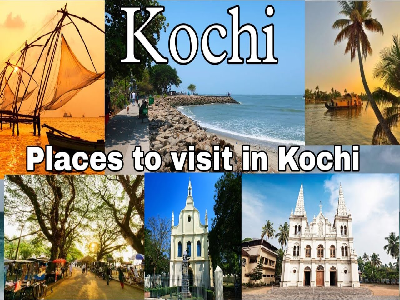
Description: A coastal city with a mix of cultures, influenced by Portuguese, Dutch, and British rule. Key attractions include Chinese Fishing Nets, Jewish Synagogue, and Mattancherry Palace.
Climate: Warm and humid with tropical monsoon.
What to Experience: Go on a backwater cruise, shop for spices, and savor Kerala’s famous fish curry.
India is often referred to as the "Land of Spirituality" and is home to some of the world’s oldest religions, including Hinduism, Buddhism, Jainism, and Sikhism. Some of the holiest sites include:

The spiritual capital for Hindus, located on the banks of the Ganges River.
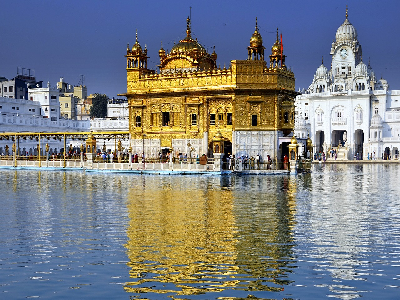
Home to the Golden Temple, the most sacred site for Sikhs.

Where Buddha attained enlightenment.

Known as the “Yoga Capital of the World.
In the 21st century, India has emerged as a global economic powerhouse, especially in the fields of information technology, space exploration, pharmaceuticals, and engineering. Cities like Bangalore, Hyderabad, and Pune are now recognized as IT hubs, driving India’s reputation as the “Silicon Valley of Asia.”
ISRO (Indian Space Research Organisation) launched the Mars Orbiter Mission (Mangalyaan), making India the first country to reach Mars on its first attempt. A rapidly growing startup ecosystem, with cities like Bangalore and Delhi-NCR being among the top startup hubs globally.
A Journey Through Time: Walk through history in every monument, fort, and palace.
Natural Beauty: From the serene backwaters of Kerala to the snow-capped peaks of the Himalayas.
Culinary Adventures: An explosion of flavors awaits you, with each region offering a different gastronomic experience.
Warm Hospitality: The spirit of “Atithi Devo Bhava” (Guest is God) is deeply embedded in Indian culture.
Best Time to Visit: September to March, when the weather is pleasant.
Stay Hydrated: Especially if traveling during the summer.
Embrace Local Customs: Learn a few basic Hindi phrases and dress modestly when visiting religious sites.
India is more than a destination; it's a living, breathing experience that touches every sense and leaves an indelible mark on the soul. From the chaotic charm of its cities to the peaceful serenity of its temples, from the ancient traditions to the cutting-edge technology hubs, India is a land of contrasts that will leave you mesmerized. Come, explore the land of a billion dreams, and embark on a journey that will forever change the way you see the world.